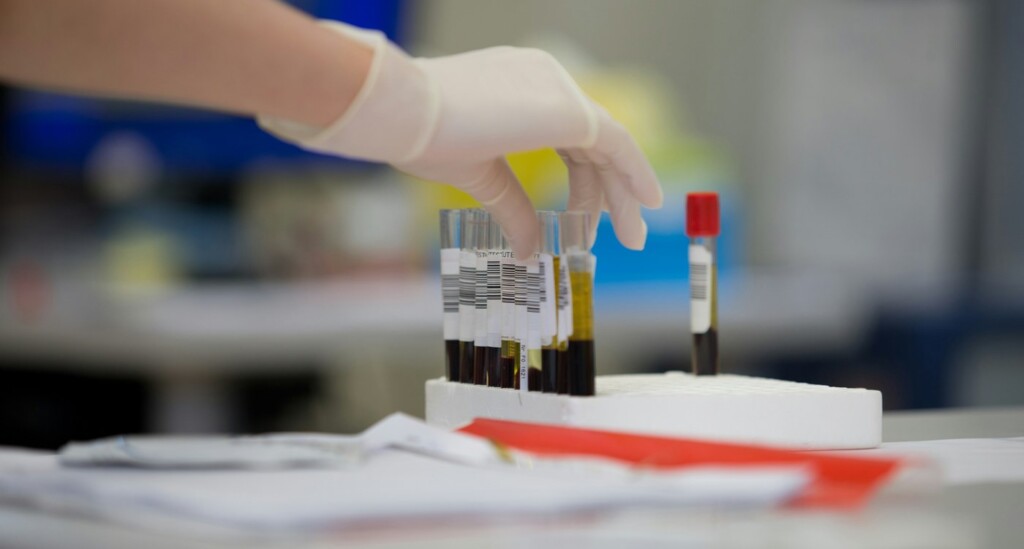 credit – Adrian Sulyok on Unsplash
credit – Adrian Sulyok on UnsplashJapan is the first country to begin clinical trials of artificial blood, a medical innovation which if proven successful, would solve one of the largest hospital challenges of our age.
Beginning back in March, a clinical trial organized by Nara Medical University will look to build on the success of an early-stage trial in 2022 of hemoglobin vesicles, small artificial blood cells that were confirmed to be safe and capable of delivering oxygen as normal.
The trial will administer 100 to 400 milliliters of the artificial blood cells to further test safety before moving onto broader performance and efficacy targets, all in the hopes that by 2030, the artificial blood could enter clinical use.
Whether high-income or low-income, every country has challenges meeting the necessity necessary amounts of stockpiled blood donations for emergency medical procedures.
In high-income countries where the 90% of blood stockpiles comes from voluntary donors, the challenge is getting enough of these donations, and crucially, enough from those with rare blood types.
In low-income countries where only 40% of needs are met with donations, the challenge lies in importation from abroad when donated blood packs are only safe for use for a few months. A useful proxy to understanding this shortfall is that of 175 countries included in a survey of blood donation and use practices by the World Health Organization, 106 countries report that all blood plasma-derived products are imported. These include things like immunoglobulins and coagulation factors which are needed to prevent and treat a variety of serious conditions.
Japan has a different challenge. The WHO found that the use of donated blood varied with income levels, reporting that high-income countries used more blood donations to treat those aged 65 and older, while lower-income countries used it to treat those aged 5 and under.
THE HORIZON OF MEDICAL RESEARCH: NIH Funding Now Will Prioritize Research That Eschews Animal Testing to Push Innovation
Japan has recognized that its long-since-collapsed replacement birth rate coupled with long life-expectancy will place a likely unsustainable burden of blood donation on a shrinking working-age population, making artificial blood a priority innovation.
Professor Hiromi Sakai at Nara Medical University has pioneered one method for its synthesis. Using hemoglobin—the oxygen carrying molecule inside red blood cells—from expired donations and encasing them in protective shells, removing the need of matching blood type for administration.
MORE MEDICAL ADVANCEMENTS: Cure for Pre-Eclampsia is On Horizon as Researcher Discovers Lipid Nanoparticle to Deliver Directly to Placenta
Another method comes from Chuo University where the hemoglobin is encased in an albumin-family protein, which has been used in animal studies to stabilize blood pressure and treat conditions like hemorrhage and stroke.
Either way, the necessity is there and it’s urgent for Japan and the world. If the country’s researchers succeed in this innovation, it will be a medical milestone of epic proportions.
SHARE This Encouraging Clinical Development On Route From Japan…
Source link

